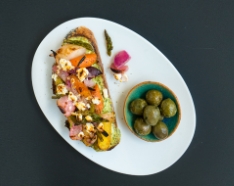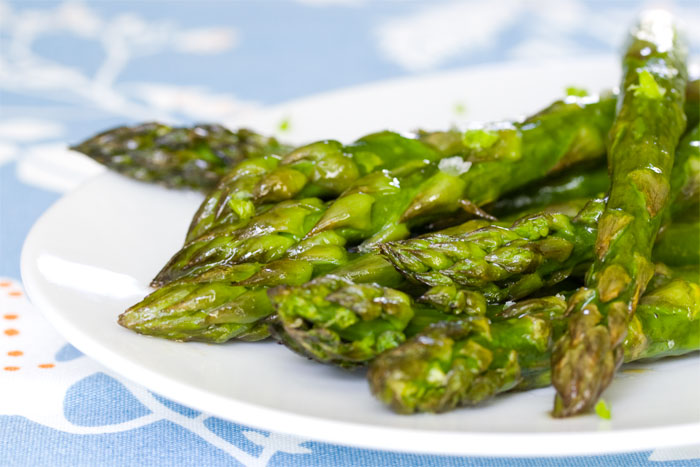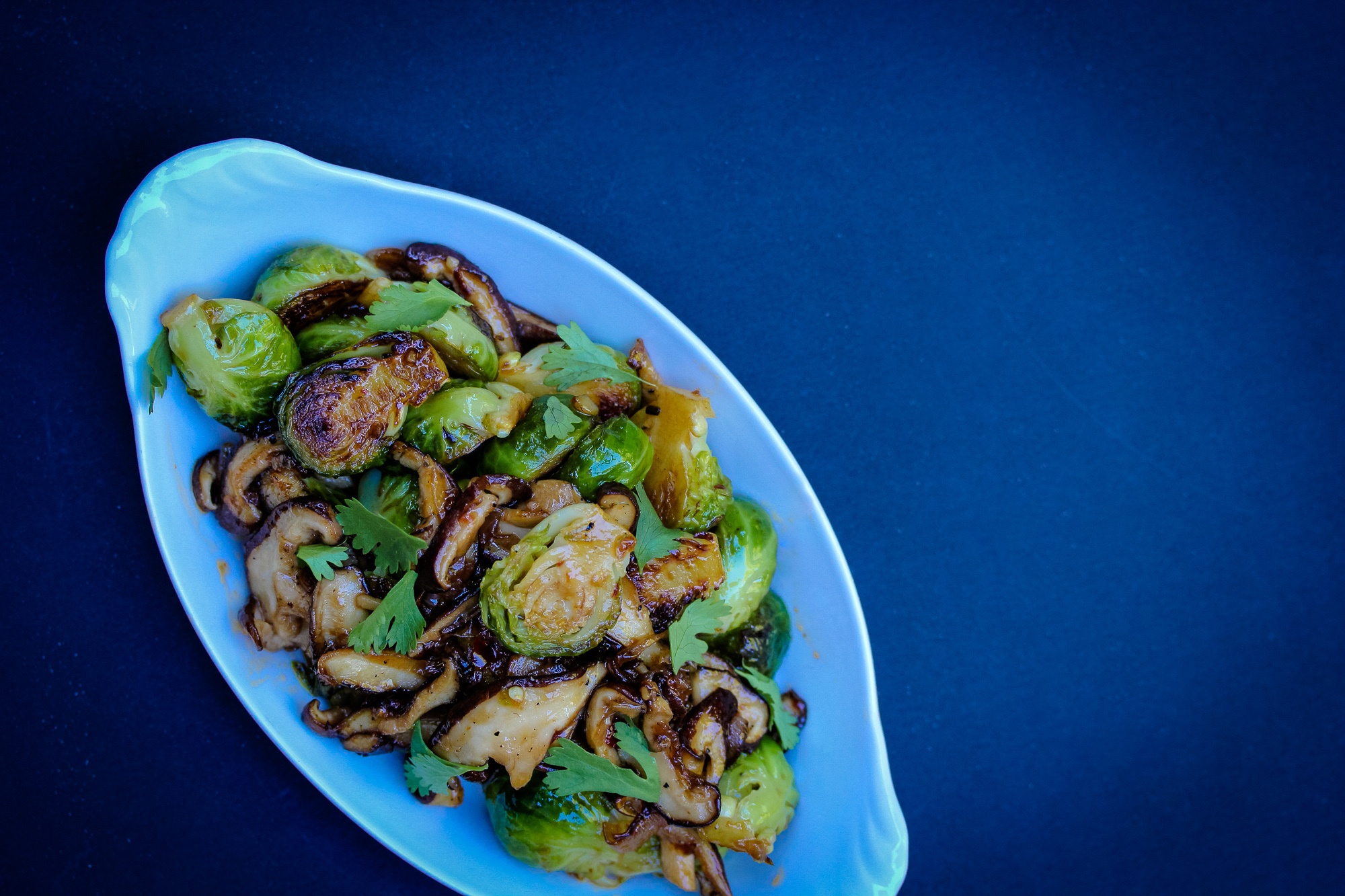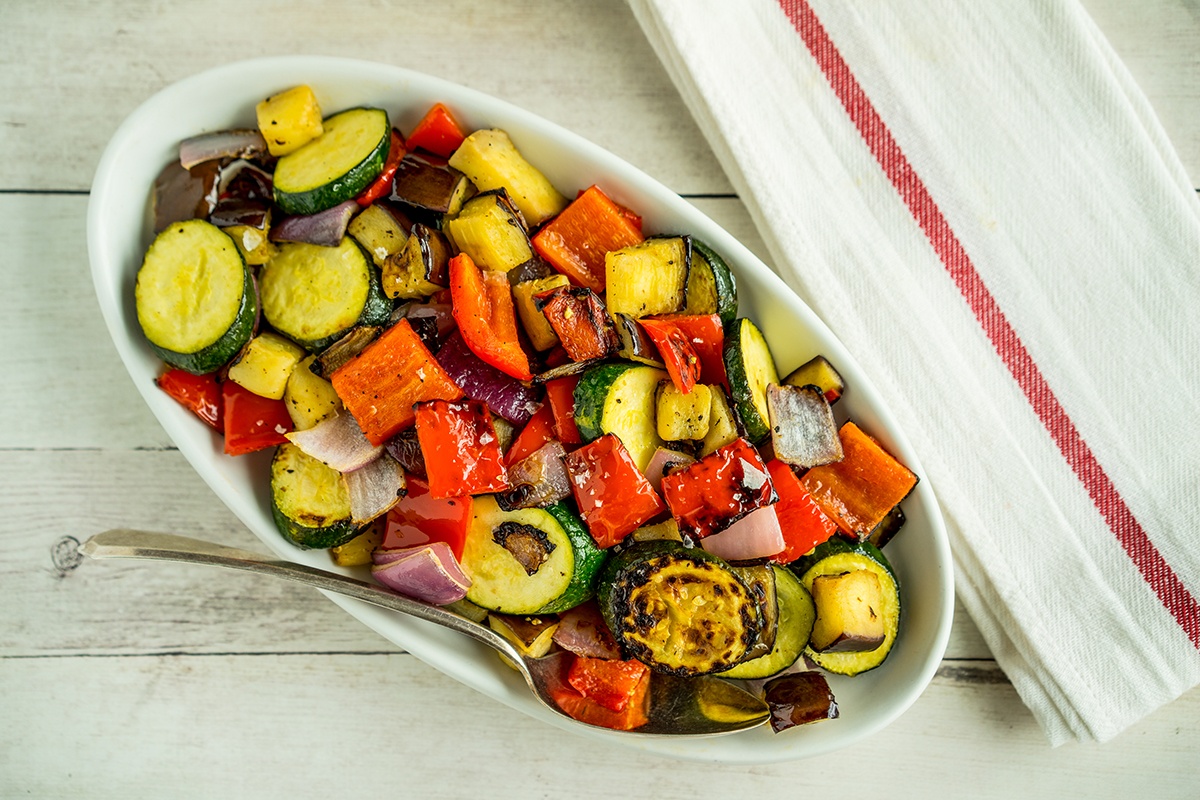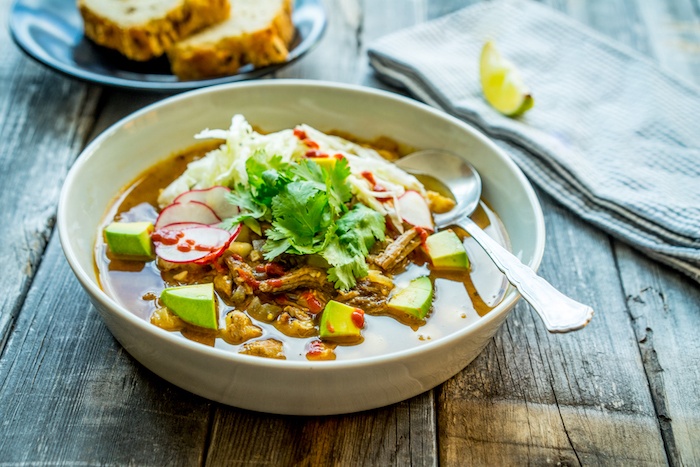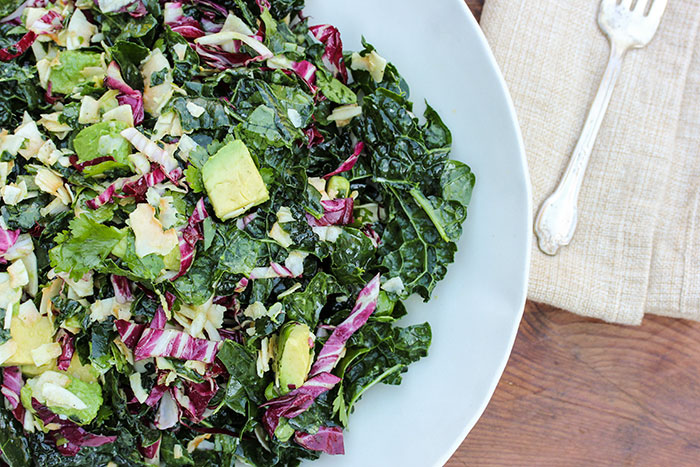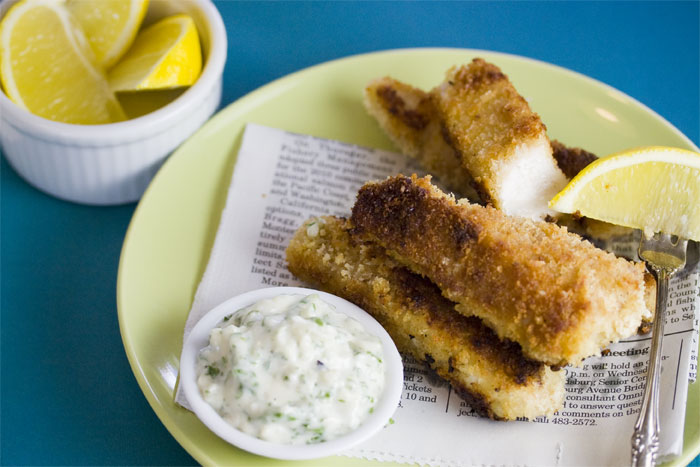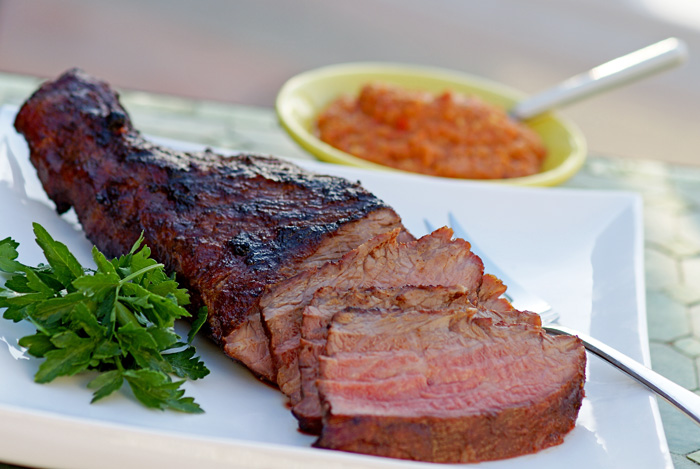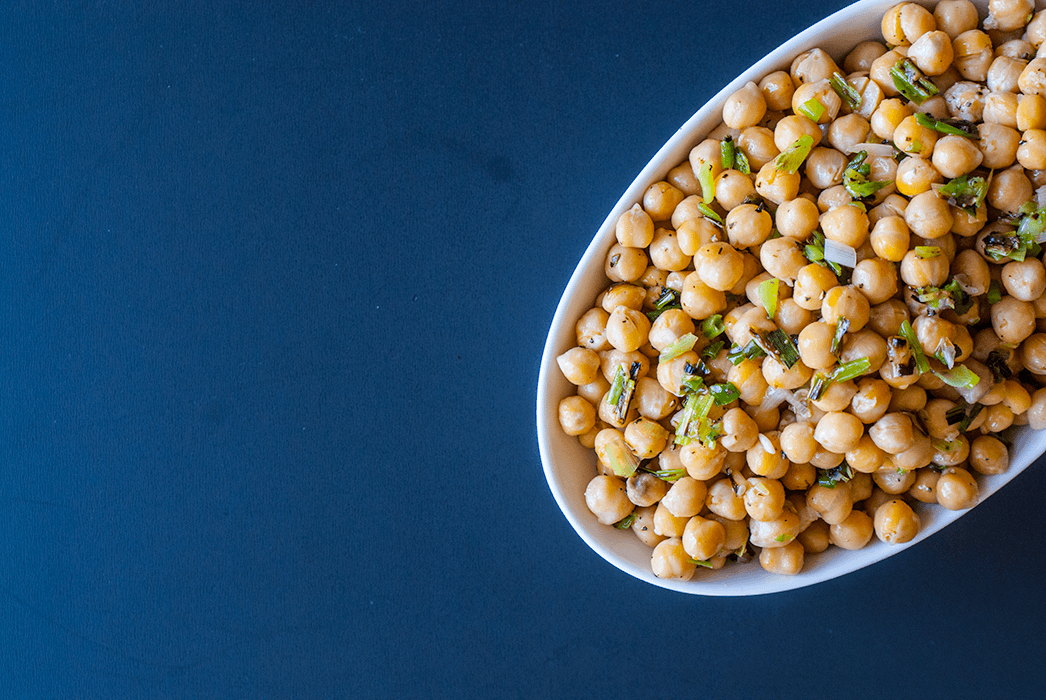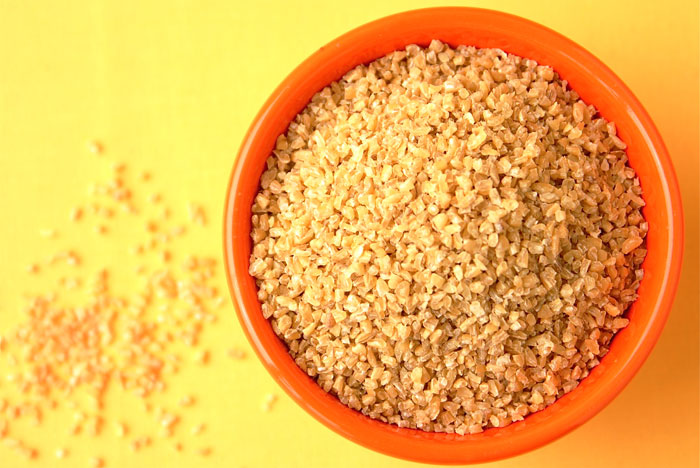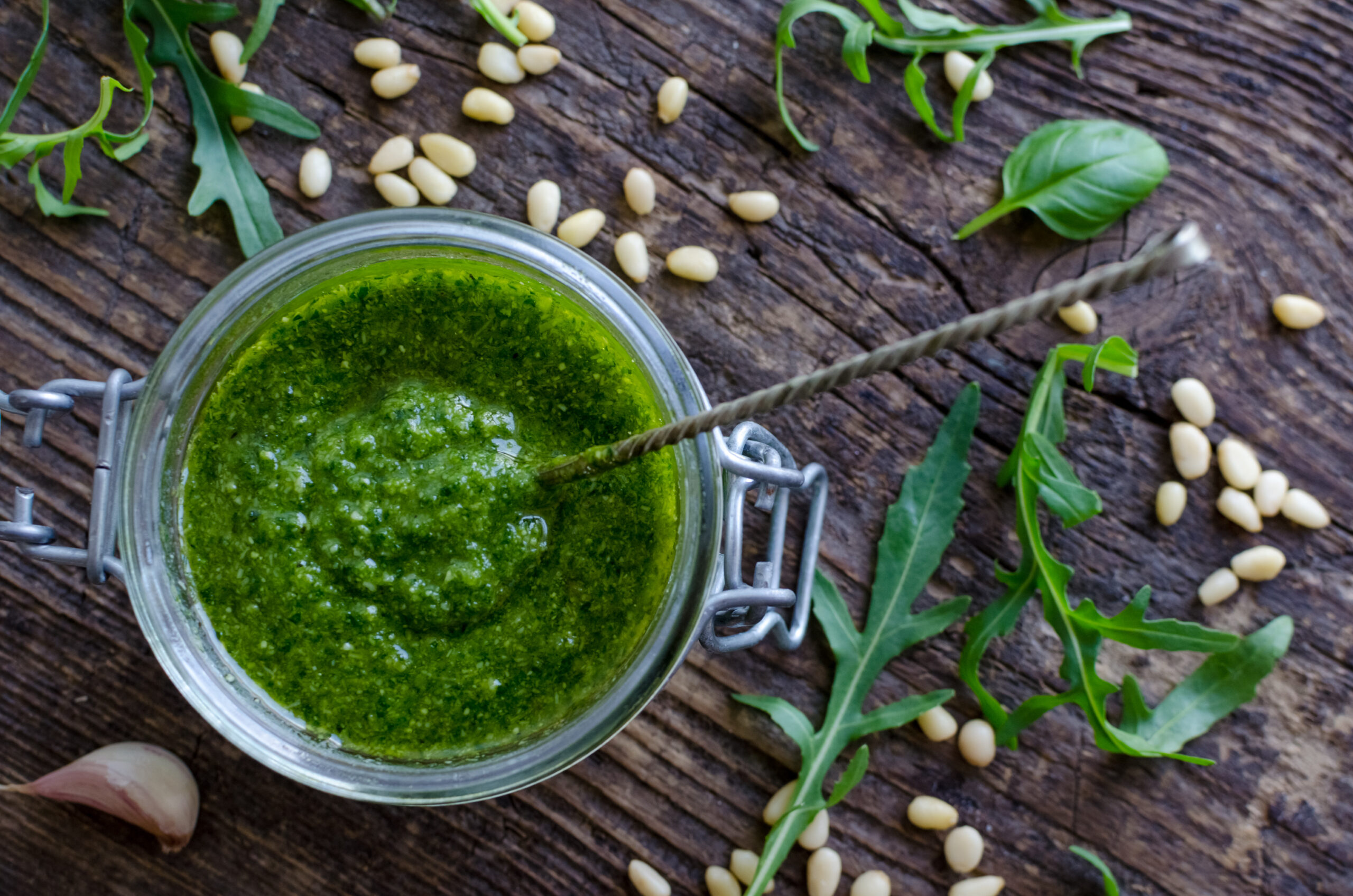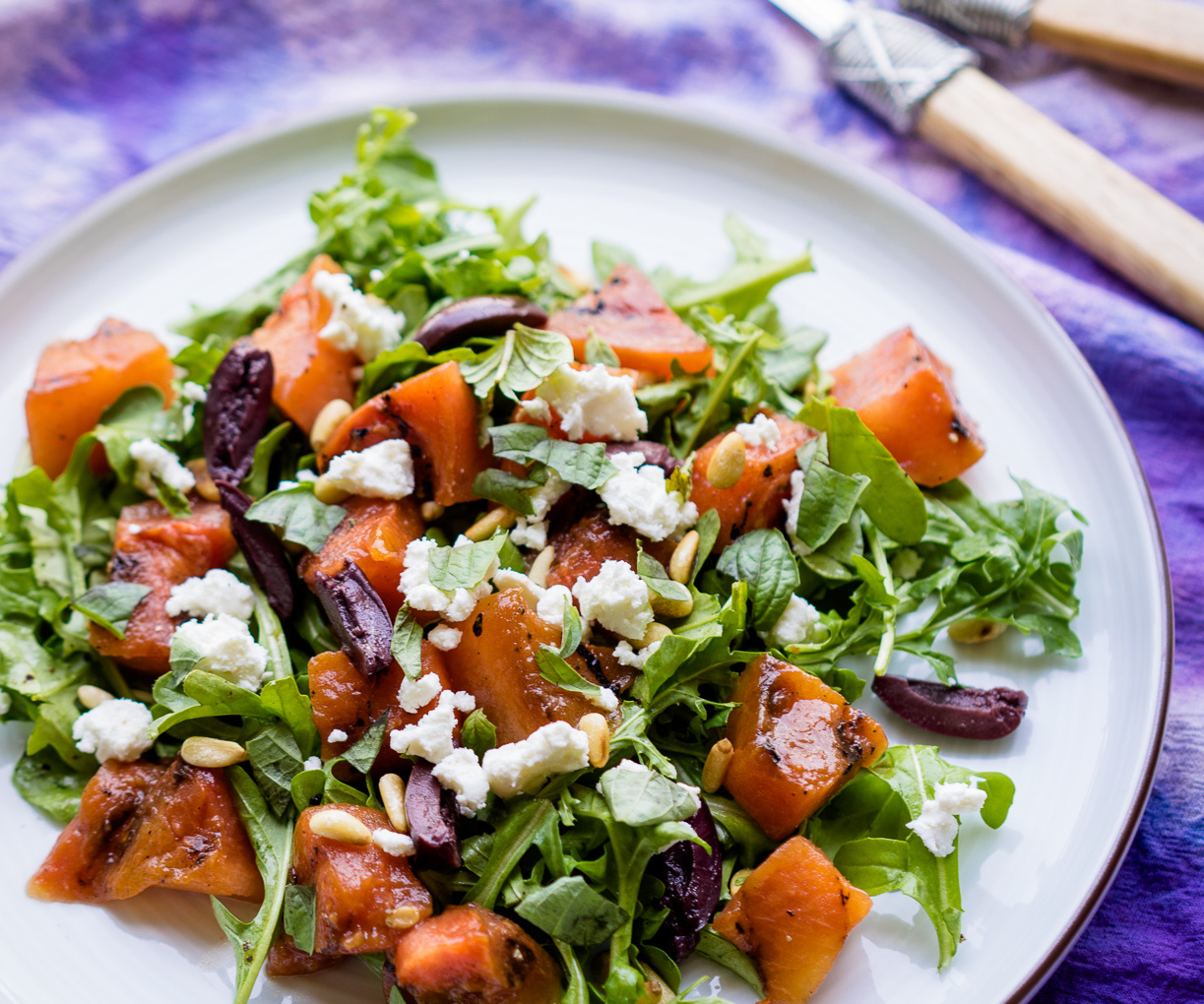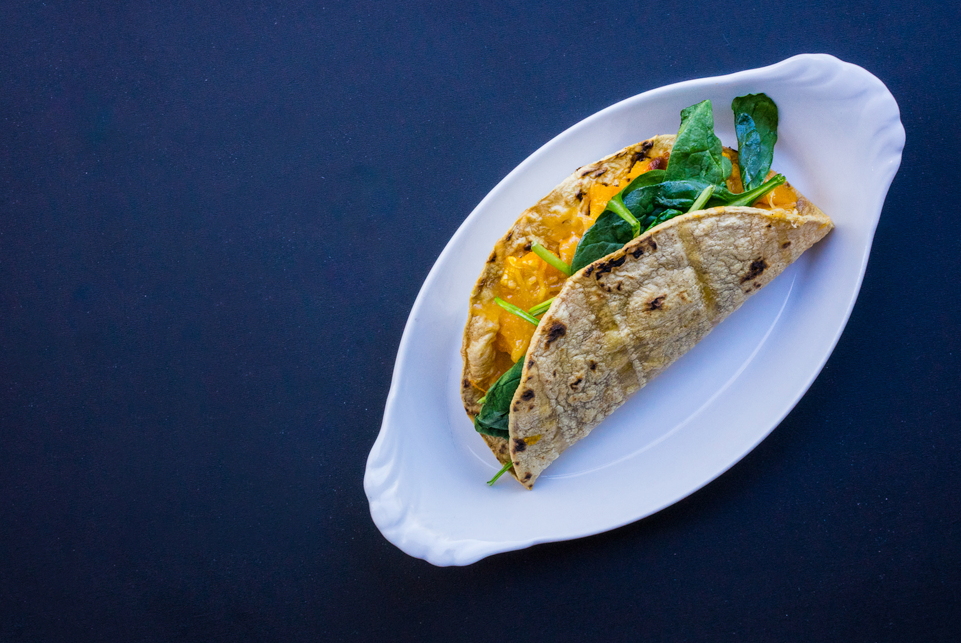by Cheryl Sternman Rule
For some people, trying to choose a sweetener is like trying to pick a cereal: with so much variety, it’s tough to know which to buy.
Complicating matters is the fact that in recent years, the mainstream availability of once-fringe products has bloomed, so sweetening your morning coffee or tea, or your homemade brownies and fruit crisps, is less straightforward than ever. Given that we’re now knee-deep in the holiday baking season, it’s high time to provide some clarity.
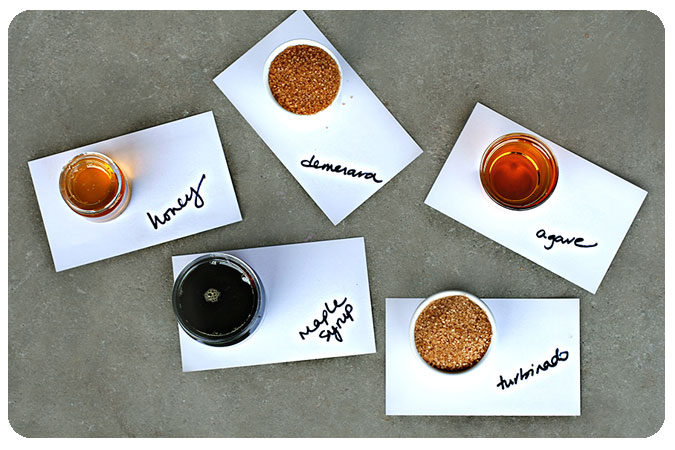
Here’s a rundown of some of the natural sweeteners you might encounter at the market:
Agave nectar: Produced from the agave cactus plant, this natural liquid sweetener is hailed by vegans and those who watch their blood sugar levels, as agave is lower on the glycemic index than other sweeteners. While sweeter than sugar, agave is also more calorically dense; you’ll need less to sweeten your foods, but don’t mistake it for a “diet” food.
Stevia: Another natural, plant-based sweetener, stevia’s journey to the U.S. marketplace has been storied. In the 1980s, controversy surrounding potential fertility and reproductive concerns kept the FDA from awarding stevia GRAS (Generally Recognized As Safe) status, but this status was awarded to the extract of stevia – called Reb A, rather than the whole leaf version – in 2008. Branded under names like Truvia and PureVia, stevia is sweeter than sugar and won’t raise blood sugar levels. Still, some groups continue to call for further research and testing to be completely convinced of its safety.
Honey: Varietal honeys, which come from the nectar of a single plant variety (much like single source wine varietals) are becoming more popular in this country, though most honey contains a mash-up of different plant nectars. Sweeter than sugar, honey’s color, intensity, and flavor are determined by the nectar of the plants from which it is produced. (Some are herbaceous and floral, while others are dark and earthy.) Taste different honeys to determine your favorite.
Maple syrup: Native to Canada and New England, maple syrup is made from tree sap that has been boiled until thick. Its grades are determined by when in the season it was produced, with light colored Grade A considered early season syrup and darker Grade B syrup produced later. Always seek out “pure” maple syrup to avoid additives.
Sugar: The granddaddy of sweeteners, sugar derives from either sugar beets or sugarcane, may be refined or unrefined, and can come in a spectrum of shades depending on the type.
Refined Sugar: Granulated white sugar is the most widely available, and most highly refined, sugar used in this country. As with refined flours, refined sugar has had the natural nutrients stripped from it during the refining process. The sugar we know as “brown sugar” in supermarkets is also refined white sugar, only it’s had molasses (a byproduct of the sugar refining process) added back in for color. Whether it’s labeled as “light” or “dark” only has to do with how much molasses is added. Powdered (confectioners) sugar is simply pulverized refined sugar, and is best used for frostings.
Unrefined Sugar: On the unrefined side, you’ll find natural brown sugar like turbinado (often called demerara in the Europe) with its large, dry, light brown crystals and muscavado, a very coarse, sticky, dark brown sugar. Turbinado can generally be subbed for refined white and light brown sugar. If you use muscavado in lieu of dark brown sugar, reduce the liquid content of the recipe by a bit to compensate for the sugar’s moisture—and be prepared for a strong molasses flavor. Jaggery, piloncillo and Sucanat™ are other types of unrefined sugar. In addition to having more complex flavor, unrefined sugars retain the minerals from the cane and beet plants they're made from.
Whichever sweeteners you choose for any given application, you’ll want to consider the following factors: flavor, sweetness, caloric density (the number of calories per ounce), viscosity, level of refinement, impact on blood sugar, and the ability to cream, brown, or moisten your baked goods.
Above all, don’t be afraid to experiment. With so many opportunities to bake this month, and to give homemade joy to your loved ones, it’s a great time to branch out and tinker.
Cheryl Sternman Rule is a food and nutrition writer whose work has appeared in numerous national magazines, including EatingWell and Body+Soul. She is the voice behind the food blog 5 Second Rule.

